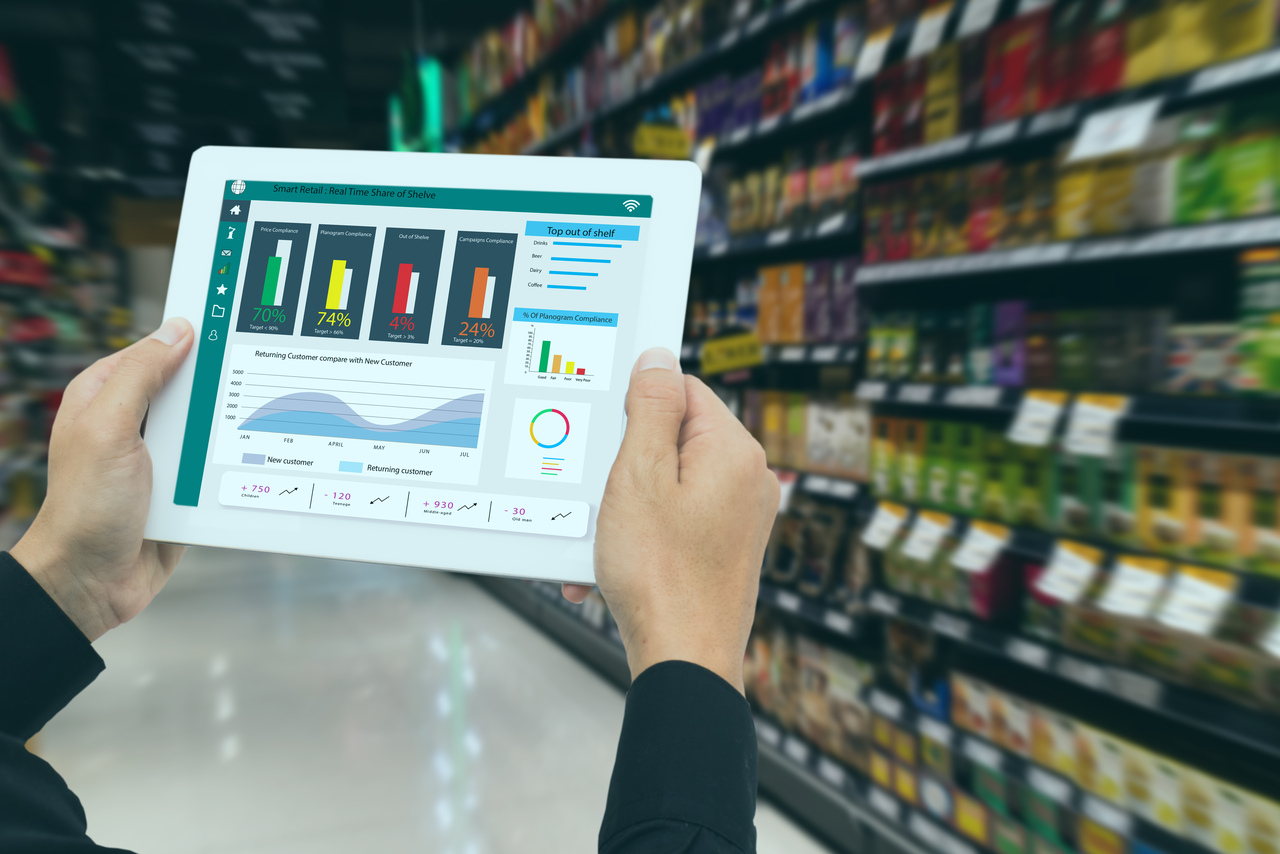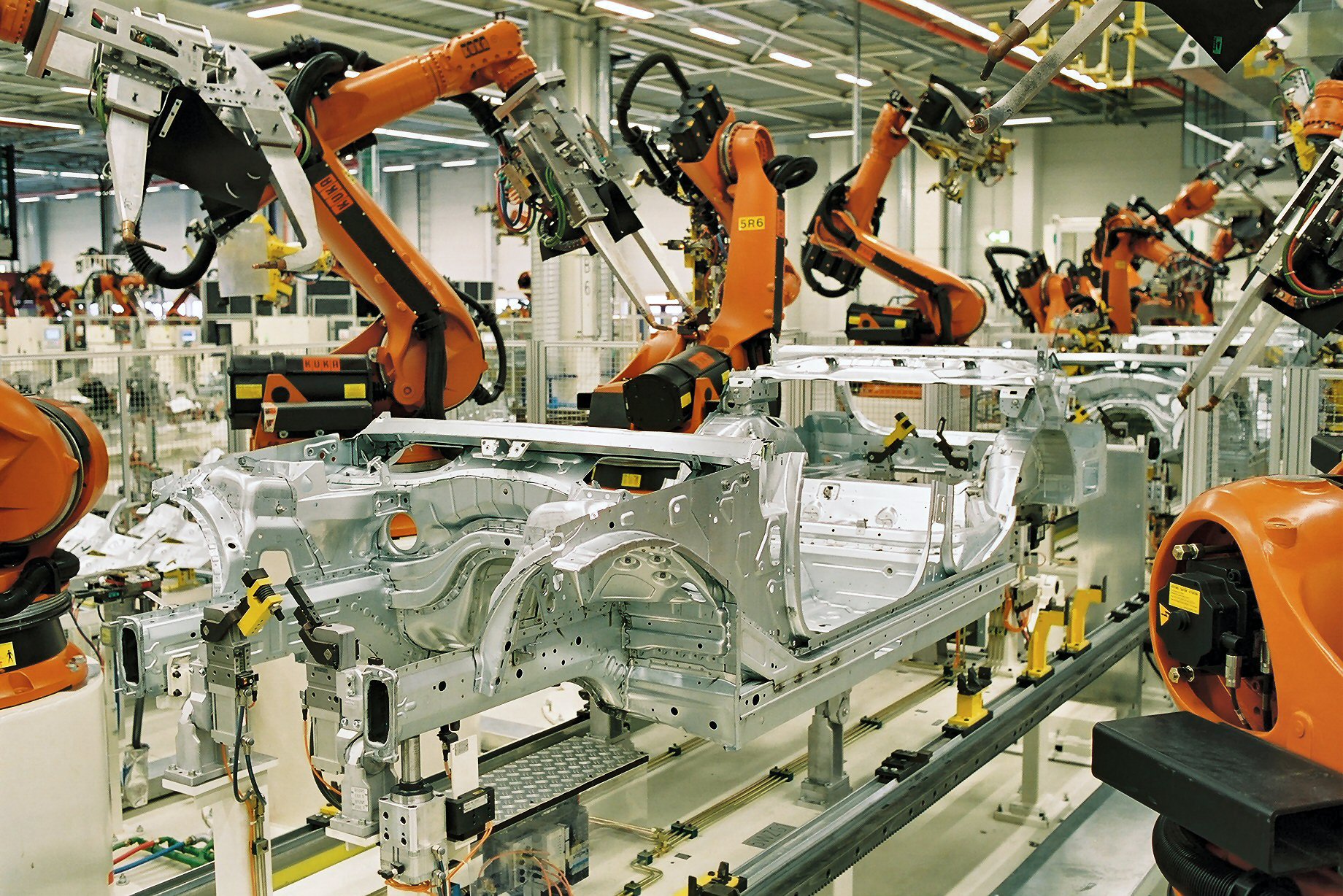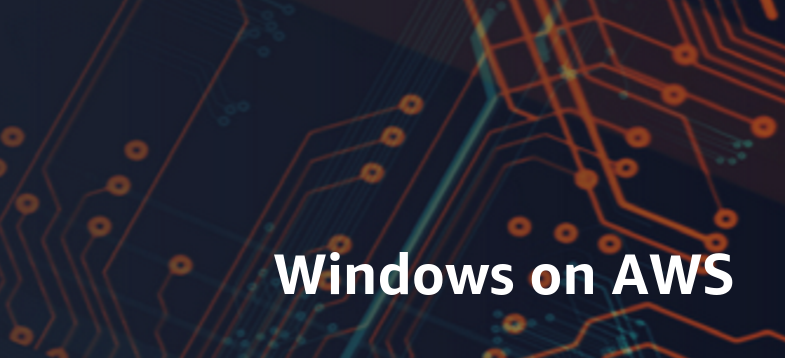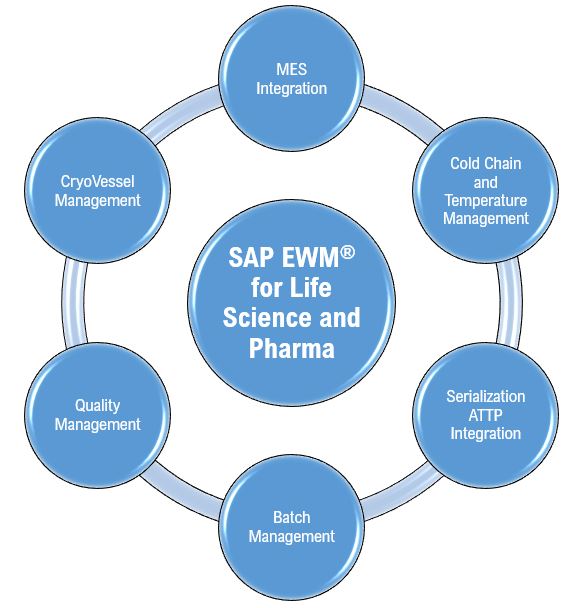Artificial Intelligence (AI) is transforming industries—but deploying AI solutions at scale remains a major challenge for many businesses. Enter AI containers: a powerful way to package and deploy AI models in a consistent, portable, and efficient manner. Whether you’re running models on cloud platforms, edge devices, or internal servers, AI containers simplify the process, reduce infrastructure overhead, and make scaling seamless. In this blog post, we’ll explore what AI containers are, how they work, and most importantly, how they can unlock real business value—helping your organisation move faster, cut costs, and deliver AI-powered innovation with confidence.
What Are AI Containers?
AI containers are self-contained environments that bundle an AI model along with its dependencies—such as libraries, frameworks (like TensorFlow or PyTorch), and runtime configurations—into a single portable package. They are built using container technologies like Docker and can run consistently across different computing environments.
Think of them as a “ready-to-go AI solution in a box” that works anywhere: cloud, local machine, or edge device.
Key Benefits of AI Containers for Businesses
1. Faster Time-to-Market
AI containers allow you to move quickly from development to deployment. Once a model is containerized, it can be deployed instantly across any environment.
Business Impact: Launch new AI features or products faster than competitors, gaining a strategic edge.
2. Cost Efficiency
Containers are lightweight and use fewer resources than virtual machines. You can run multiple AI workloads on the same server or edge device.
Business Impact: Lower infrastructure and cloud costs while maintaining high performance.
3. Easy Scalability
With orchestration tools like Kubernetes, AI containers can be scaled horizontally to handle high loads and user demand.
Business Impact: Seamlessly support business growth without expensive hardware changes.
4. Consistency Across Environments
Since containers include everything the model needs, they behave the same across dev, test, and production.
Business Impact: Fewer bugs and production issues, leading to more stable and reliable AI systems.
5. Secure and Isolated Execution
Each container is isolated, so multiple models can run side-by-side securely without interference.
Business Impact: Better compliance, especially in regulated industries like finance and healthcare.
Real-World Use Cases
Retail: AI-powered recommendation engines deployed across web, mobile, and in-store systems via containers.
Manufacturing: Anomaly detection models running on edge devices in factories using lightweight containers.
Healthcare: Diagnostic AI tools packaged in containers for secure deployment in hospitals.
Finance: Fraud detection models running in isolated, scalable environments to ensure compliance.
Media & Content: Scalable content moderation using AI containers in cloud environments.
Final Thoughts
AI containers aren’t just a tech trend—they’re a business enabler. From streamlining deployment to cutting costs and accelerating innovation, they empower teams to turn AI ideas into reality with minimal friction. If your organisation is looking to scale AI efforts effectively, adopting containerised AI workflows could be the smartest move forward.








